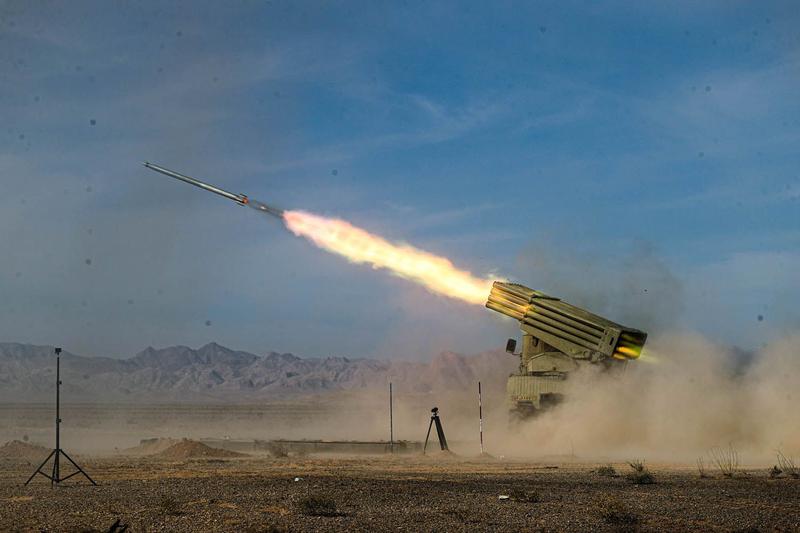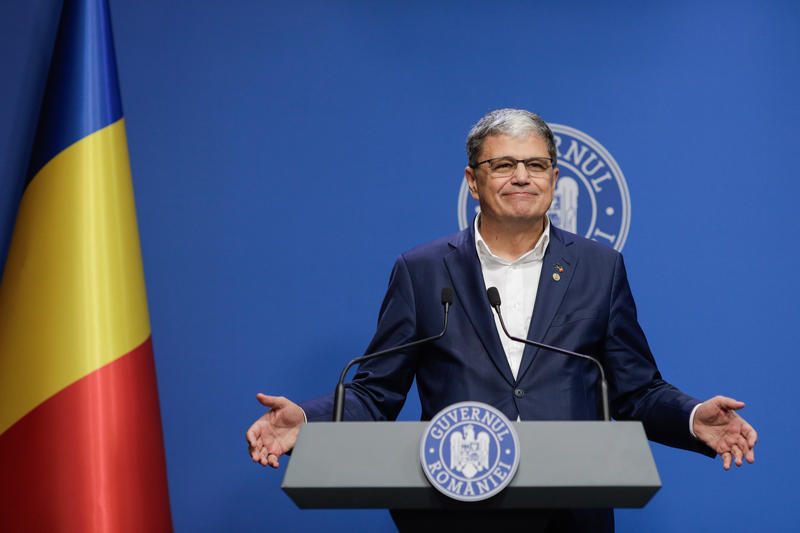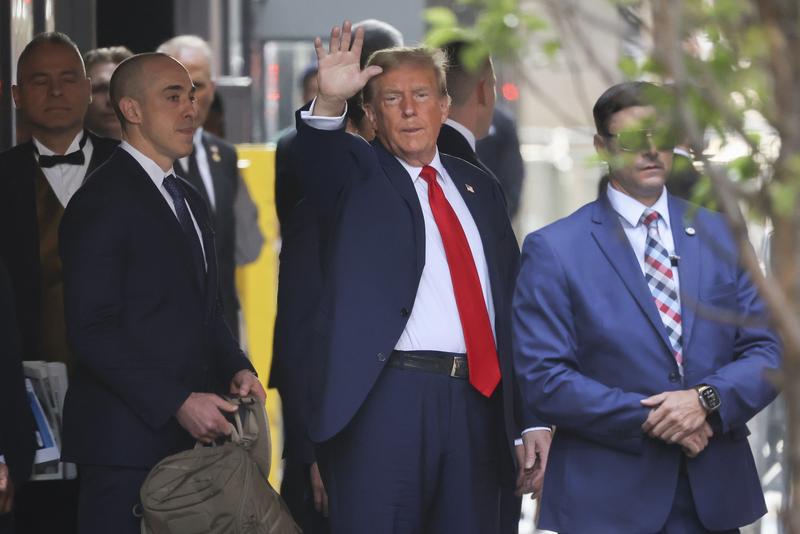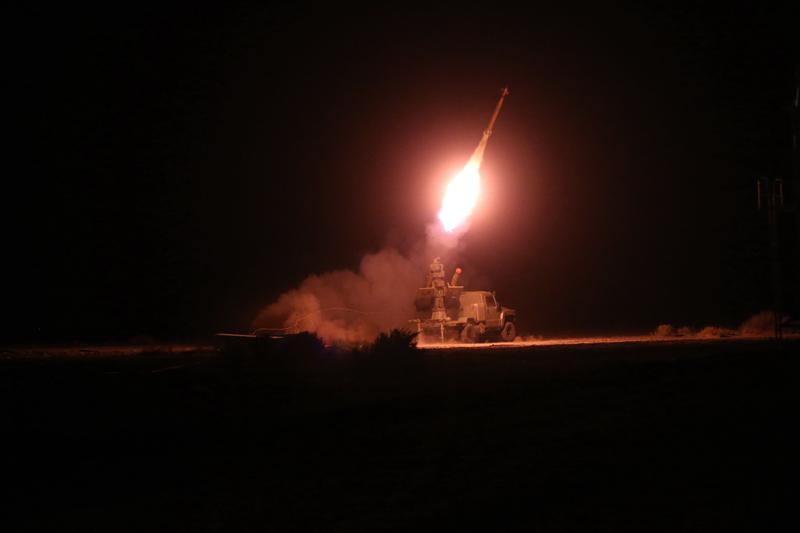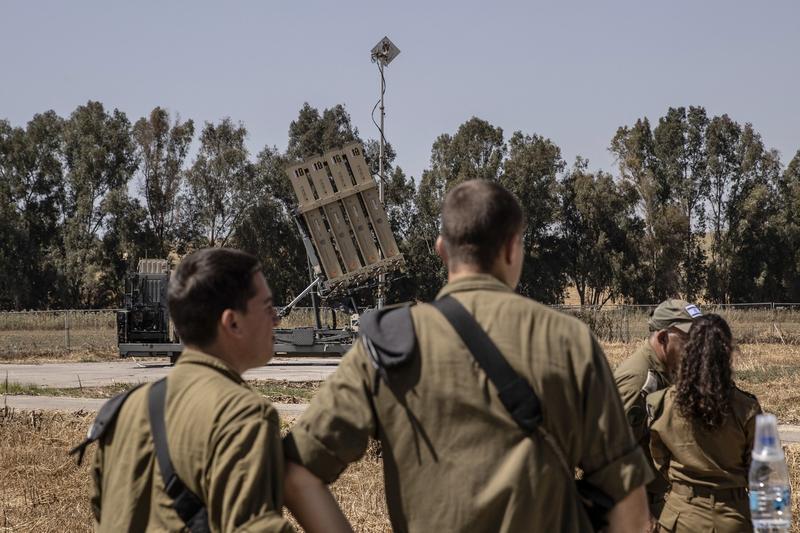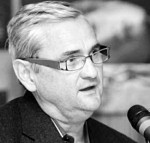"There were relatively very few people who owned a TV in Romania," 40 years ago, Radiodifuziunea Romana presenter Ion Ghitulescu said. He told HotNews.ro what broadcasting the landing on the moon meant for him, why there was no communist censorship and what the Americans did for things to run smoothly.
He was presenting the morning bulletin and sport news since 1967 when he was invited to tell Romanians about the space missions. The News department asked him to present the moon landing. He chose a very good English speaker, Catinca Ralea - chief of the English show from Radio Romania - and a physicist: Ion Pascaru.
The latter had published five books on cosmos and extra-terrestrial flight until the Apollo 11 moment. "And kind of modern Jules Verne. In 1972 he left in the USA and I haven't heard from him since", Ghitulescu remembers.
According to him, the radio cast on the moon operation were a success. "There were very few people who had a TV set and very many the ones owning a radio. Of course the public called to congratulate us, and the head of the department gave us a significant payslip," the radio presenter said.
Despite the fact that there was news about America broadcasted in a communist country, the radio team were given freedom while being on air. Ion Ghitulescu said that it wasn't the only moment when the radio gave the staff freedom of expression. In 1968, when Czechoslovakia had been invaded by the troops of the Warsaw Pact countries, Romania was against the invasion and the radio could broadcast news from this position. They used France Presse and Reuters news.
The radio followed the national TV channel transmissions (the sole TV channel in Romania at that time). Ghitulescu said that he only did informative materials on the subject, but once the eagle had landed that was that. The event was further debated in science shows.
Ghitulescu said the audience's interest had also been stimulated by Kennedy vs. Soviets race to conquer the space. Russian Gagarin had already been in space.
"The Americans started a series of experiments with ships, let's call them space ships, with people on board. There had been a long series of missions, all of them preparing the Apollo flight series to reach on the moon. Americans were ahead of the Soviets regarding space flights. Then there were a series of Apollo flights, aiming to land the mankind on the moon. And then there was Apollo 11, which means man's first step on the moon", Ghitulescu recounts.
The presenter said that after the Americans found out Radio Romania intended to broadcast the event, they offered the radio several facilities. "That meant a direct radio circuit with the Houston spatial centre, meaning the radio could hear everything the centre discussed with Apollo 11 crew. From the sound perspective, you were in the space flight."
The radio received, free, NASA's live images from the moon. One month prior to the mission, the American Embassy in Bucharest received for them the flight schedule, planned second by second. "It was in Romanian and its title read 'The man on the moon': all the technical data of this giant named later Apollo 11, which had over 100 meters on take off and only three meters on return (the spatial capsule); all the biographical data of the three astronauts, which was of real help for the broadcasters," Ghitulescu remembers.
